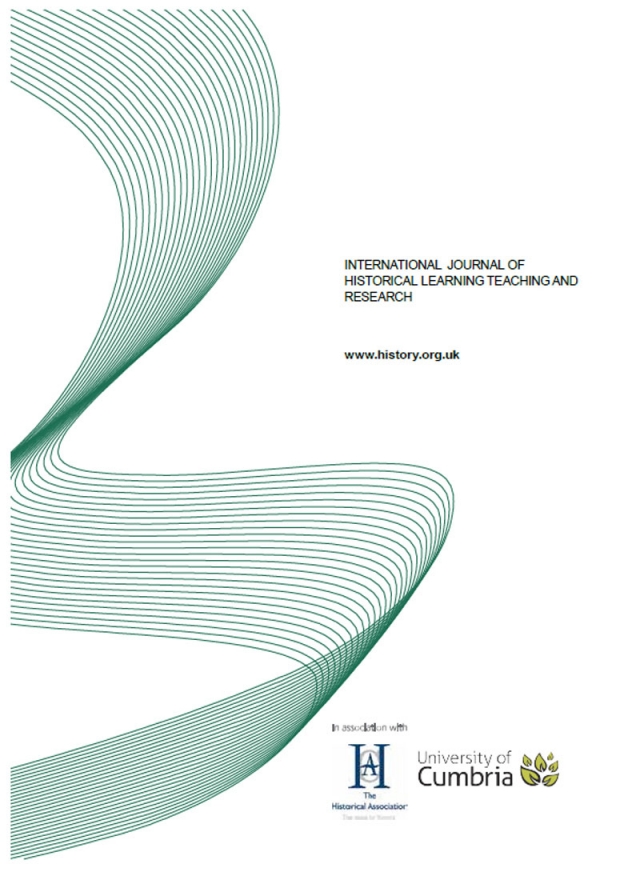History Teaching in Belarus: Between Europe and Russia
IJHLTR Article

International Journal of Historical Learning, Teaching and Research [IJHLTR], Volume 15, Number 1 – Autumn/Winter 2017
ISSN: 14472-9474
Abstract
This paper is devoted to social uses of history teaching and history textbooks. It analyses, first, how the history of the lands of Belarus, at the crossroads between Europe and Eurasia, was not recognized during the Soviet era. No one school textbook on history of Belarus existed. Belarus declared its independence in 1991.
Next, it analyses how, during Perestroika (from 1985) and in the early 1990s, a new history curriculum was introduced which emphasize fundamental changes in the teaching of history, in its content, methodology, structure and pedagogy, encompassing principles of humanism, democracy and the rejection of dogma and stereotypes. History teaching should legitimate the new state: independent from the Soviet past and Russian influence and European-orientated state. Historians were invited to write new textbooks, which encouraged critical thinking, reflection, multiple perspectives and European roots in Belarusian history.
Finally the paper studies how the current government of Belarus aspires to return to a dogmatic, Soviet, Russian-orientated version of Belarusian history which does not foster a sense of belonging to a national community or justify the place of Belarus in Europe or the global system. The paper focuses on school textbooks, which are very sensitive and precise indicators of the social uses of history and history teaching.
Introduction
The present Belarusian historiography can be divided into two major schools: Soviet and nationalist. Currently the Soviet view of history dominates, with the support of the political authorities. The education system aims to transmit the official Soviet interpretation of history and to legitimise links with Russia and its specific authoritarian political system.
Attached files:
- International Journal 15.1 - Zadora
1.19 MB PDF document


